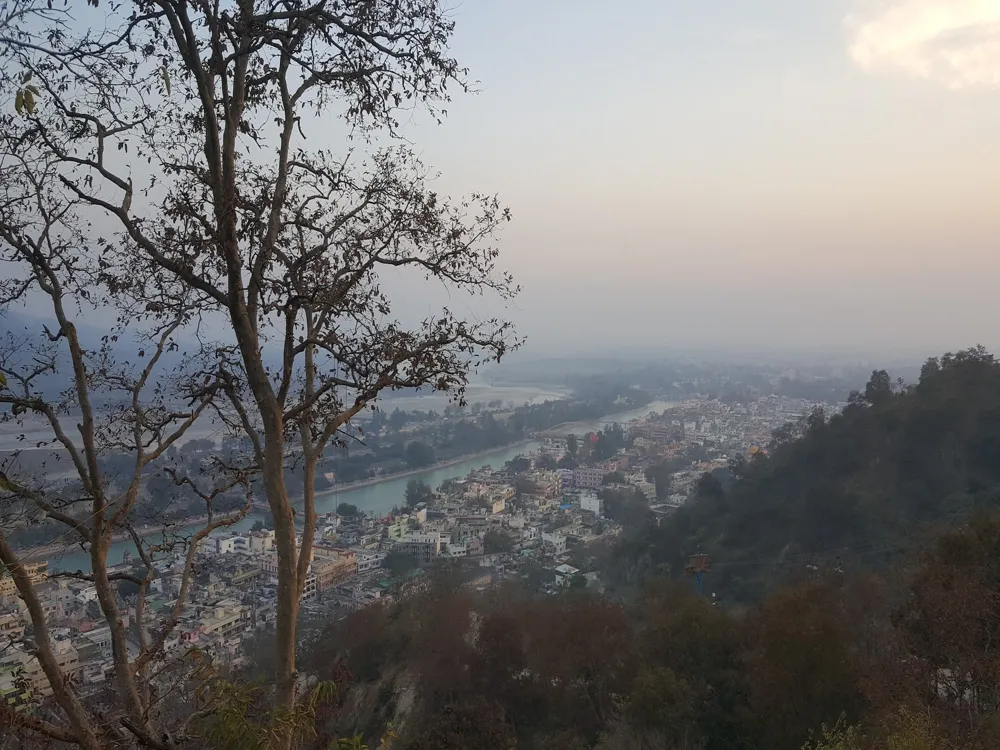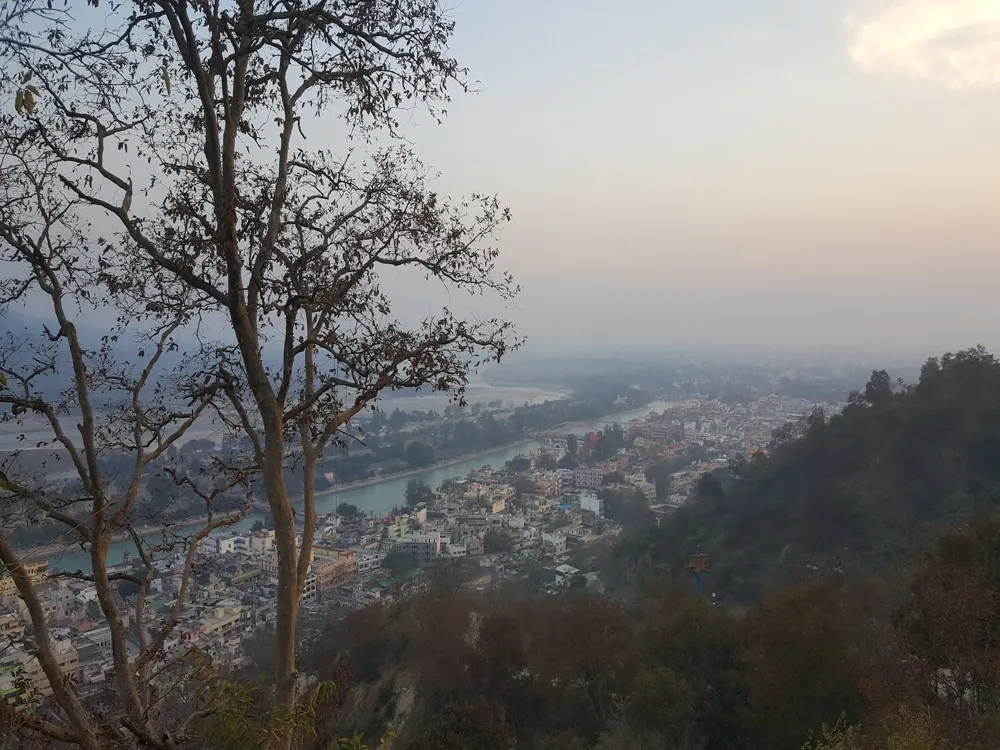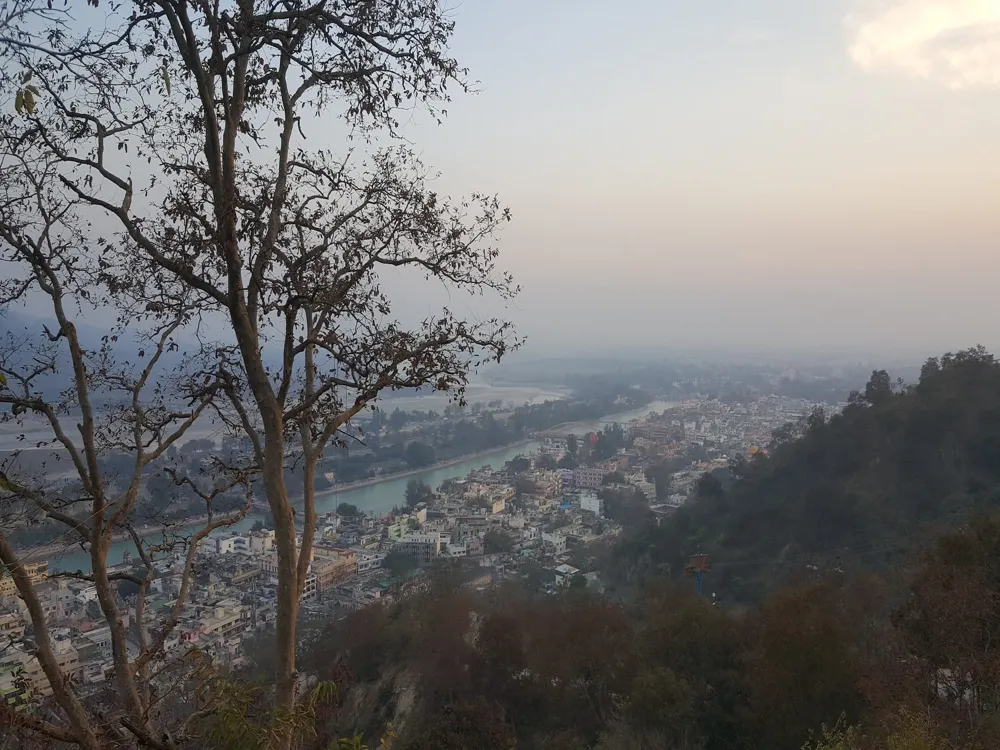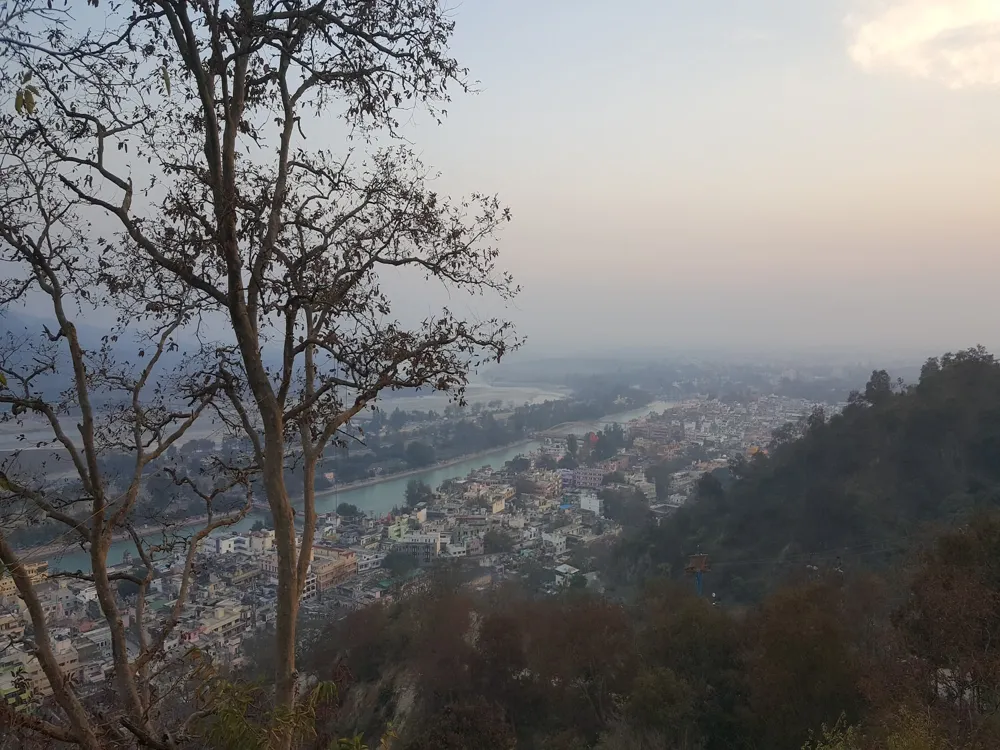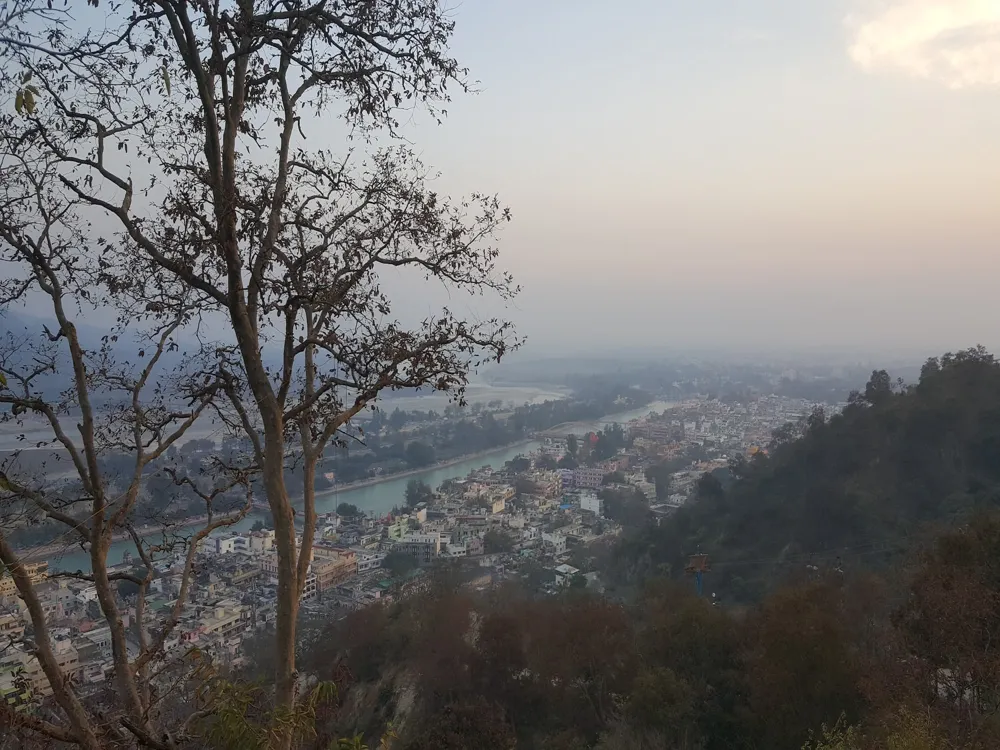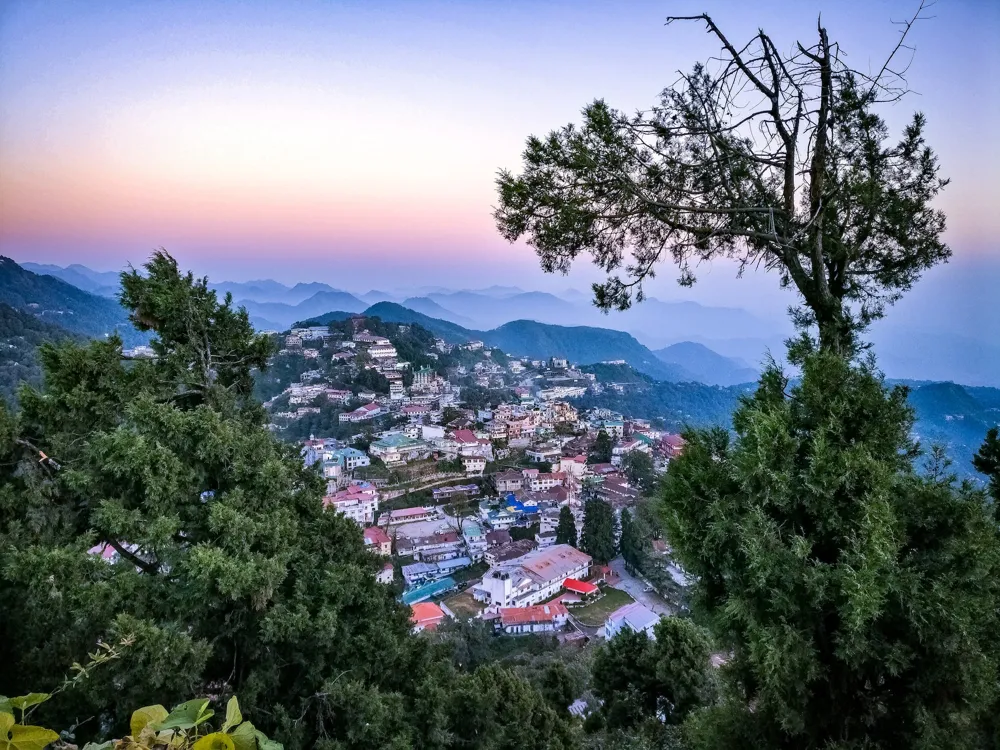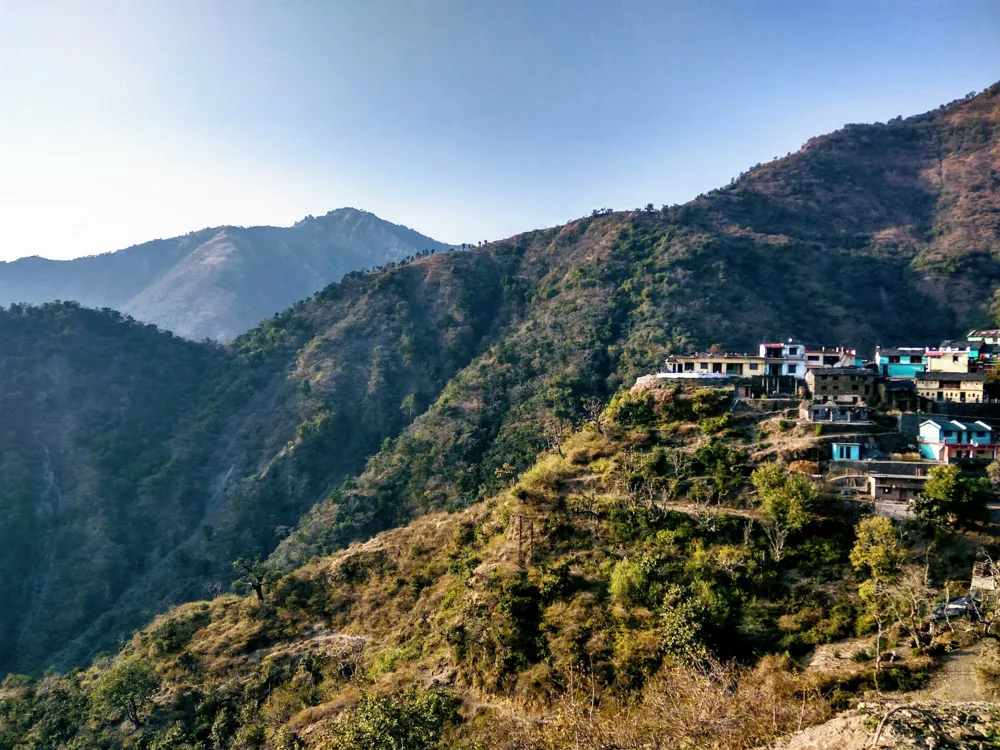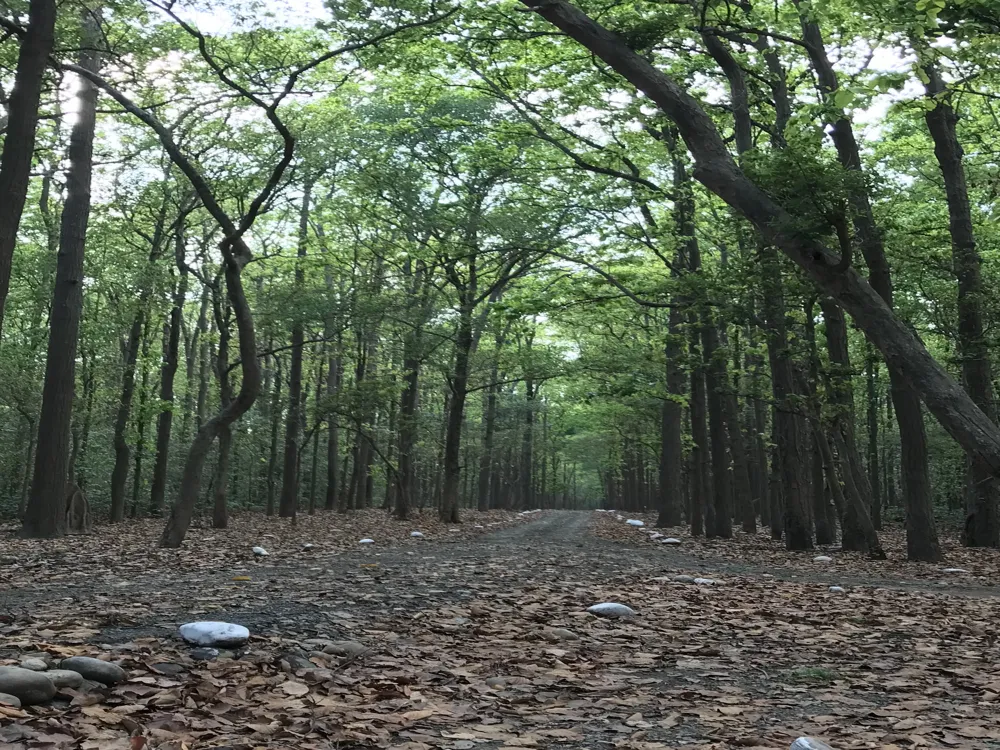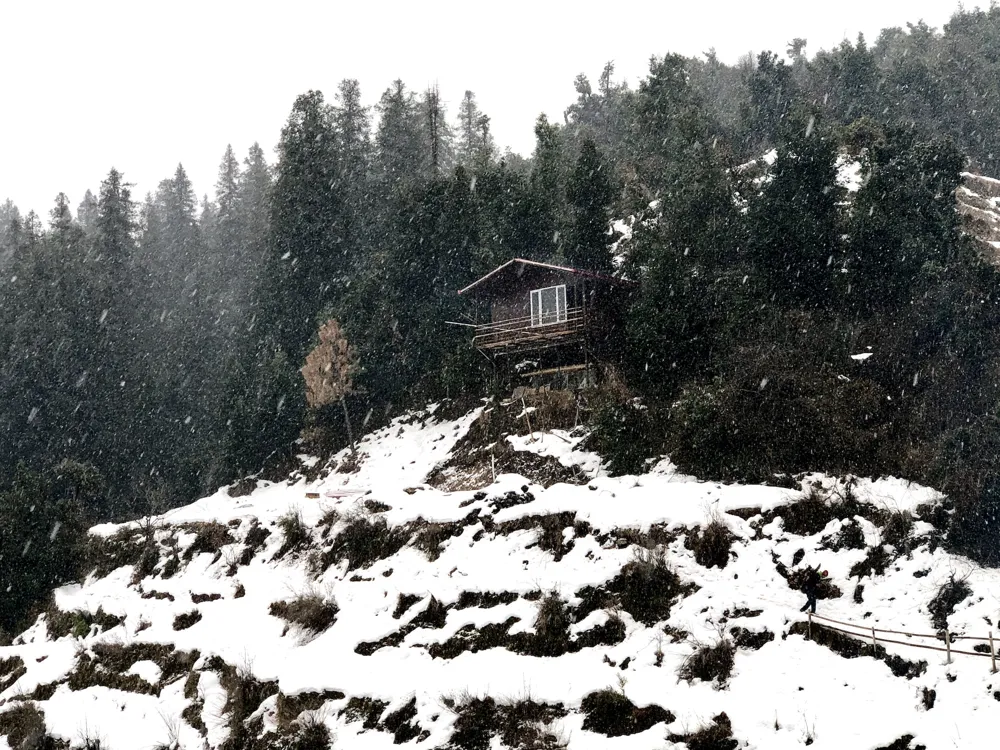Haridwar, a revered city in Uttarakhand, India, stands as a symbol of Indian spirituality and ancient civilization. Nestled along the banks of the River Ganges, this city is a confluence of spiritual ethos, historical opulence, and natural beauty. Haridwar's history dates back to the Vedic times, and it's mentioned in several ancient Indian scriptures. It's one of the four sites where the drops of Amrit, the elixir of immortality, spilled over from the celestial Kumbh Mela. This makes Haridwar not just a city but a living legend, breathing with stories of mythology and history.
Every year, millions of pilgrims and tourists flock to Haridwar to participate in the grandiose Ganga Aarti, a spiritual ceremony at Har Ki Pauri, a famous ghat. The sight of countless flickering diyas (lamps) floating on the river creates a surreal and divine ambiance. Haridwar also serves as a gateway to the Char Dham Yatra, a sacred pilgrimage to the four holy destinations in the Himalayas. The city's vibrant culture, bustling markets selling religious paraphernalia, and mouth-watering local cuisine add to its unique charm, making it a destination that offers not just spiritual enlightenment but also a peek into the heart of Indian culture.
The architectural landscape of Haridwar is a tapestry of ancient and modern designs, reflecting its rich cultural and historical heritage. The city's architecture is predominantly influenced by ancient Indian styles, characterized by grand temples, ghats, and ashrams. These structures are not just places of worship but artistic masterpieces that showcase intricate carvings, statues, and murals depicting Hindu mythology.
One of the architectural jewels of Haridwar is the Chandi Devi Temple, perched atop the Neel Parvat. This temple, accessible by a ropeway or a trek, offers panoramic views of the city and the Ganges. Another significant temple is the Mansa Devi Temple, located on the Bilwa Parvat. These temples exhibit the Nagara style of architecture, characterized by beehive-shaped shikhara towers, intricate carvings, and a sanctum sanctorum that houses the deity.
Har Ki Pauri, the most famous ghat in Haridwar, is an architectural marvel in itself. This ghat, which literally translates to 'Footsteps of the Lord,' is believed to be the precise spot where the Ganges leaves the mountains and enters the plains. The ghat's long stretch, lined with steps and platforms for pilgrims to perform rituals, is a sight to behold during the Ganga Aarti, with its countless lamps and reverberating chants.
Besides religious architecture, Haridwar also houses several ashrams and Dharamshalas (rest houses), reflecting simpler architectural styles focused on communal living and spiritual practices. These structures, often built along the river, provide serene environments conducive to meditation and yoga, integral aspects of Indian spiritual tradition.
Haridwar is renowned for its spiritual festivals, especially the Kumbh Mela, held every twelve years. Visiting during these times offers a unique glimpse into the city's cultural richness. However, plan well in advance as the city gets extremely crowded.
Haridwar is a sacred city, and it's essential to respect local customs and traditions. Dress modestly, especially when visiting temples, and be mindful of cultural sensitivities.
The local cuisine in Haridwar is predominantly vegetarian, reflecting the city's spiritual leanings. Don't miss the chance to try local delicacies like Aloo Puri, Kachori, and sweets like Jalebi and Rabri.
Haridwar can get quite hot, especially in the summer. Stay hydrated and use sun protection. Also, be cautious while bathing in the Ganges as the currents can be strong.
Haridwar has a good network of buses, rickshaws, and taxis. However, during festival times, it's advisable to use public transport to avoid traffic congestion.
Reaching Haridwar is convenient due to its well-connected transport system. The city is accessible by air, road, and rail. The nearest airport is Jolly Grant Airport in Dehradun, approximately 35 kilometers away. Regular flights connect Haridwar with major cities across India. By train, Haridwar Railway Station is a major junction with numerous trains from different parts of the country. For those preferring to travel by road, Haridwar is well-connected with a network of highways and state roads. Buses, both government and private, run regularly from neighboring states and cities.
Overview of Haridwar, Uttarakhand
Architecture of Haridwar
Tips When Visiting Haridwar
Plan Your Visit Around Festivals
Respect Local Customs and Traditions
Explore the Local Cuisine
Stay Hydrated and Take Precautions
Use Public Transport Wisely
How To Reach Haridwar
Bhimgoda Tank
Haridwar
Uttarakhand
NaN onwards
View haridwar Packages
Haridwar Travel Packages
View All Packages For Haridwar
Top Hotel Collections for Haridwar

Private Pool

Luxury Hotels

5-Star Hotels

Pet Friendly
Top Hotels Near Haridwar
Other Top Ranking Places In Haridwar
View All Places To Visit In haridwar
View haridwar Packages
Haridwar Travel Packages
View All Packages For Haridwar
Top Hotel Collections for Haridwar

Private Pool

Luxury Hotels

5-Star Hotels

Pet Friendly







